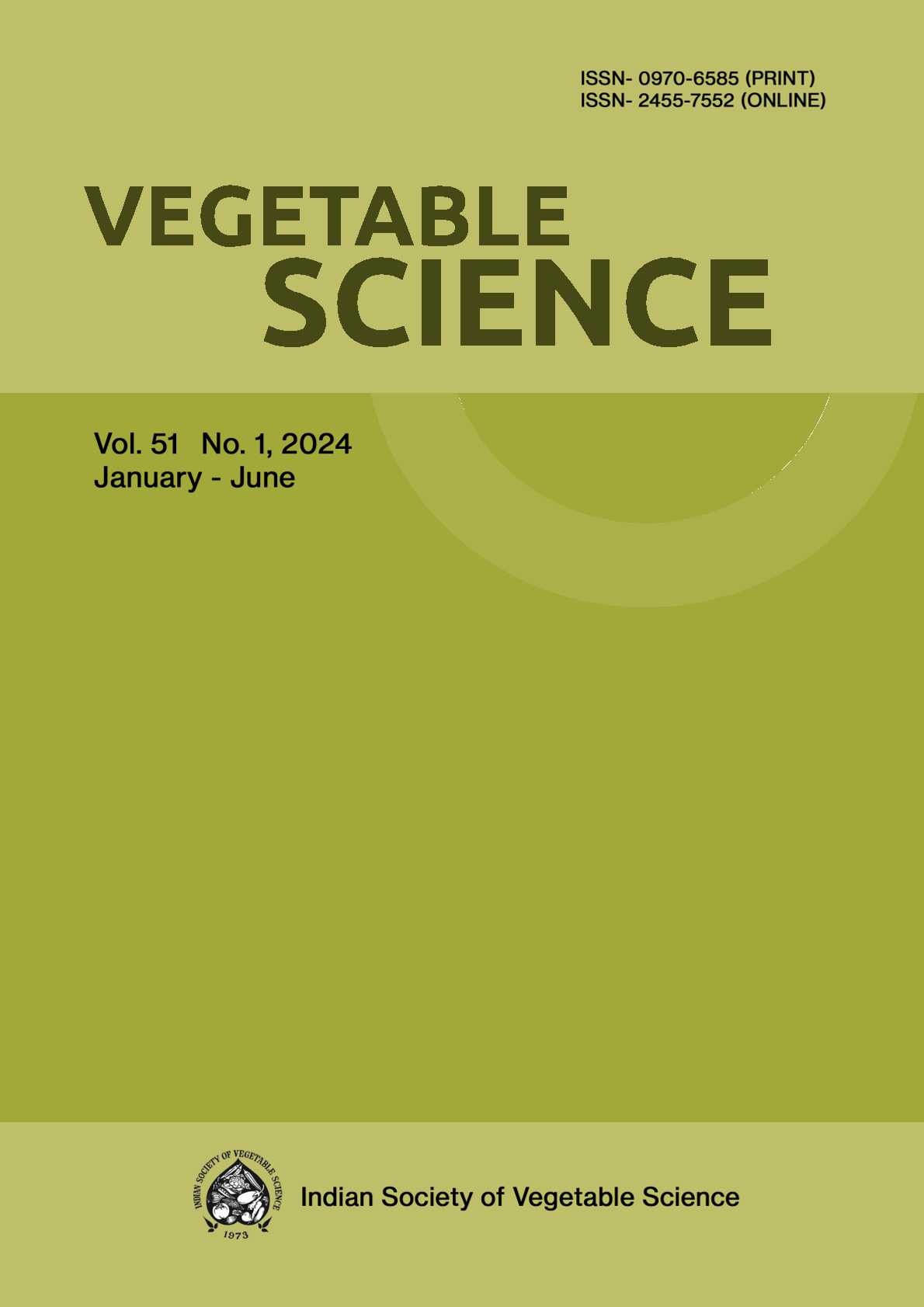Characterization of cucumber genotypes through principle component and regression analyses
DOI:
https://doi.org/10.61180/Keywords:
Genetic diversity, principal component, regression analysis, cucumberAbstract
Indian subcontinent has a rich and varied heritage of genetic resources but these resources have not been exploited fully due to their inherent problems of large size and lack of sufficient evaluation and classification. Germplasm maintenance, evaluation and characterization of economically important traits are pre-requisite for genetic improvement program of any crop. The principal component approach could resolve several phenotypic measurements even of large collections in to fewer, more interpretable and more easily visualized dimensions. Thirty diverse genotypes of cucumber collected from different indigenous sources were characterized with respect to economically important traits by using principle component and regression analyses in kharif, 2009. The effect and contribution of each character on fruit yield per plot was measured. Principal component analysis characterized the genotypes into four principal component based on their total variation (83.72%). The first principal component accounted for more than 48% of the total variation and was the combination of number of marketable fruits per plant, fruit length, harvest duration, total soluble solids, seed germination, seed vigour index-I and II and yield per plot. The second, third and fourth principle components contributed only 15.27%, 13.50% and 6.72% of total variations, respectively. To quantify the importance of each variable in predicting average fruit weight and yield per plot, multiple linear regression models were developed. Model-I indicated that average fruit weight can be predicted satisfactorily on the basis of number of marketable fruits per plant, fruit length and breadth, while, Model-II indicated that yield per plot can be best predicted with the help of number of marketable fruits per plant, fruit length, average fruit weight, harvest duration, seed germination, seed vigour index-II and severity of powdery mildew and anthracnose. Therefore, on the basis ofinformation on genetic diversity through principle component and regression analyses, suitable selection strategy can be formulated for getting higher yield in cucumber.
Downloads
Published
Issue
Section
License

This work is licensed under a Creative Commons Attribution-NonCommercial-NoDerivatives 4.0 International License.






